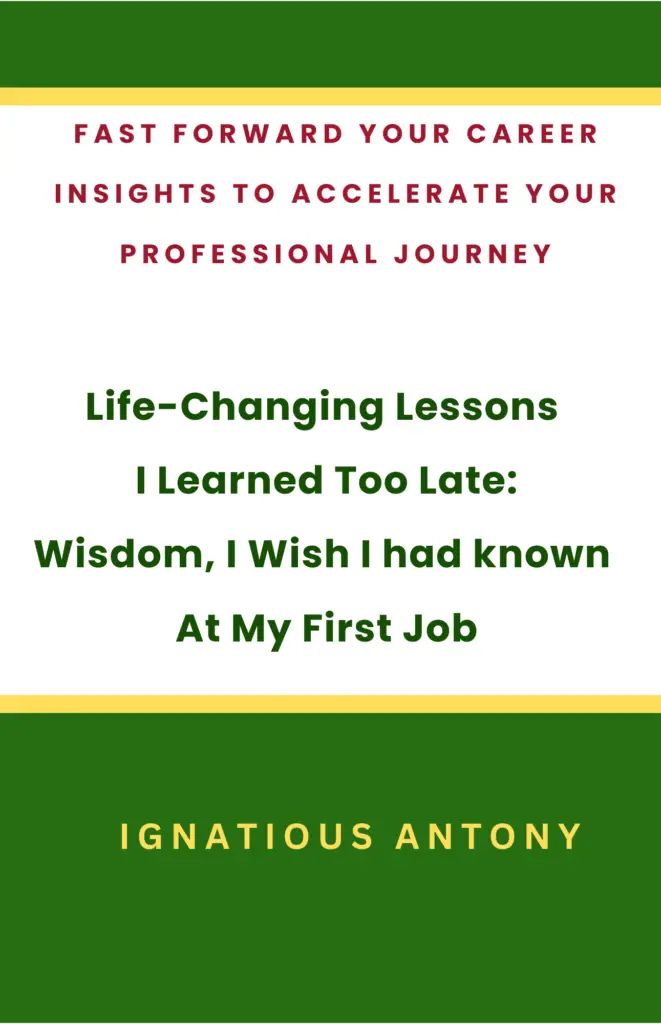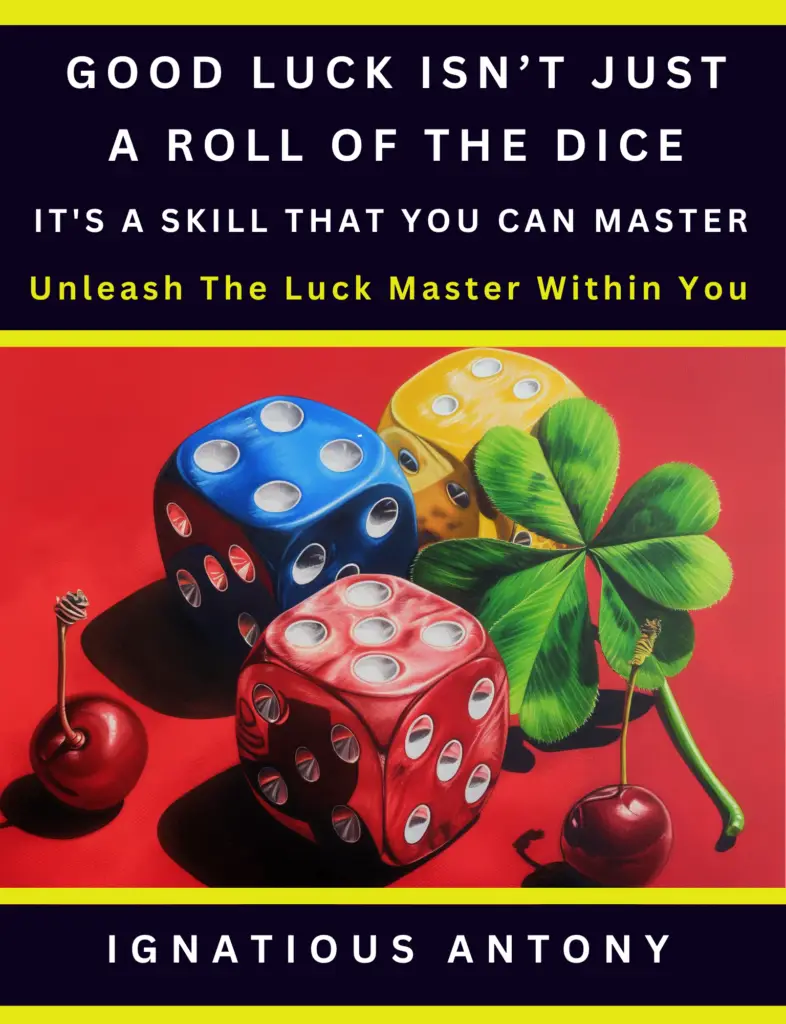How to Stay Calm in Chaos: Mastering the Art of Response

The Cockroach Syndrome
One evening, in a bustling restaurant, an unexpected guest made an appearance. Out of nowhere, a cockroach flew through the air and landed on a lady enjoying her meal with friends.
Startled, she let out a scream. Her face turned pale, her voice trembling with fear.
Panic overtook her as she began jumping up and down, frantically trying to shake off the cockroach clinging to her.
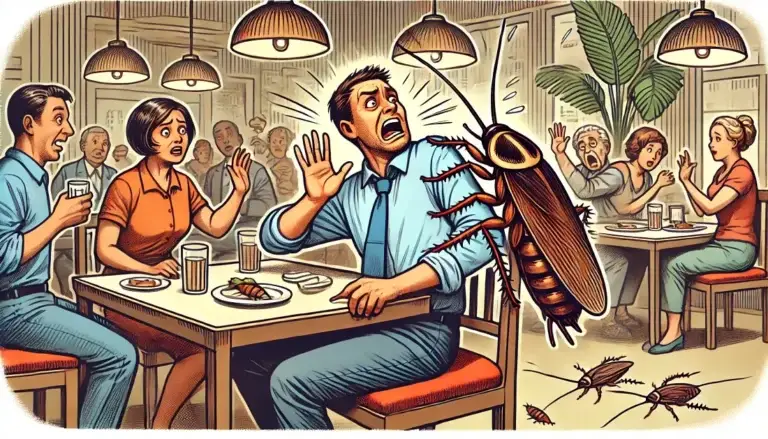
Her reaction was so dramatic that it spread like wildfire. Everyone at her table was thrown into chaos, reacting with equal panic.
She finally managed to swat the cockroach away, but it didn’t end there — the little insect landed on a man beside her.
Now, it was his turn to panic, continuing the chaos the cockroach had ignited.
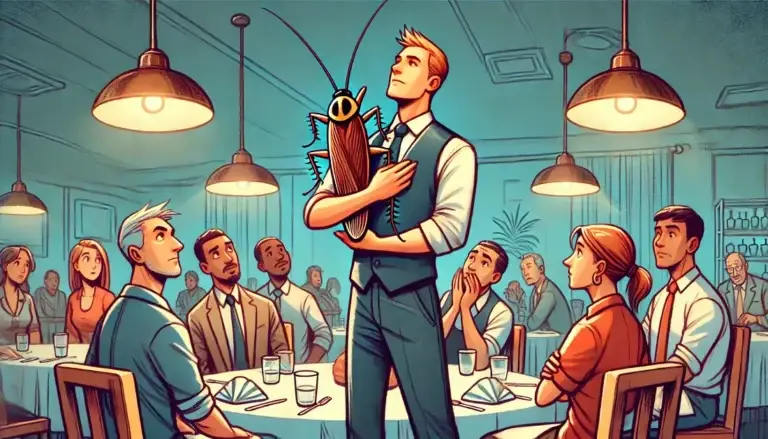
A Waiter's Calm Response
Instead, he stood firm. He calmly observed the cockroach’s behaviour as it crawled on his shirt.
He took a moment to assess the situation, composed himself, and, with a steady hand, gently caught the insect between his fingers.
Then, he calmly walked to the door and threw it outside, ending the chaos in one simple, controlled motion.
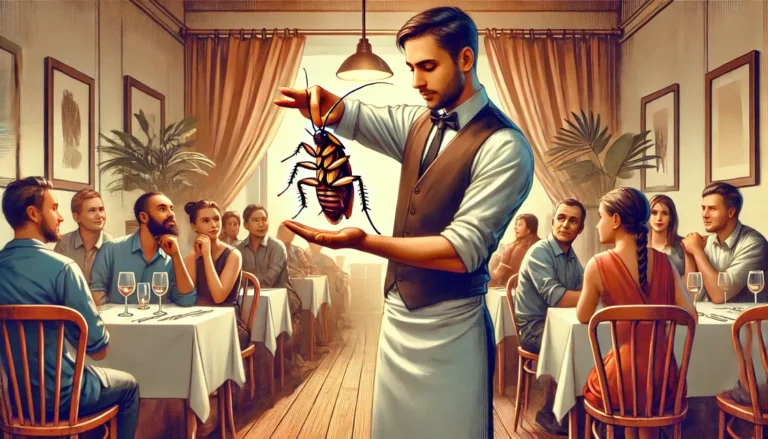
The Real Disturbance
Was the cockroach the cause of all this madness? If the cockroach itself was responsible, why hadn’t the waiter been disturbed like everyone else?
The truth is, it wasn’t the cockroach that created the chaos. It was the people’s inability to handle the disturbance caused by the cockroach.
The insect was the same, but the reactions to it were vastly different.
In life, we often face similar situations.
It’s not the shouting of our parents, bosses, or loved ones that disturbs us, but our inability to handle the emotions and the disturbance caused by their actions.
The events are neutral, but our reactions to them determine whether we experience calm or chaos.
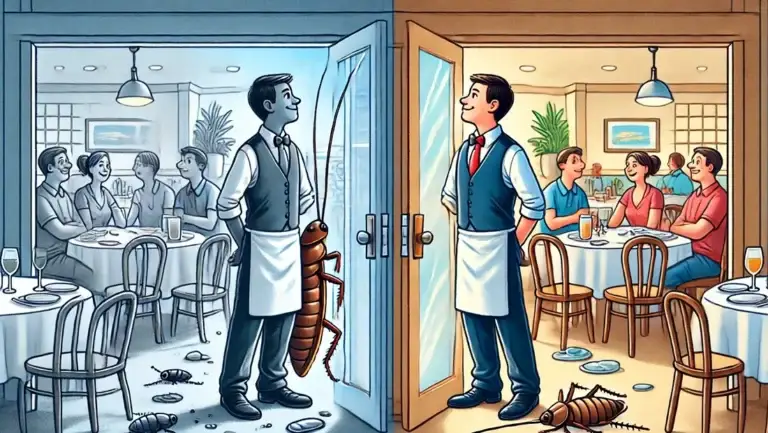
The Power of Response
In the world of professionals, this concept plays out all the time.
When tough times hit, some people use these moments as opportunities to learn new skills, explore new avenues, or train themselves to be better.
For others, difficult times become a period of complaining, insecurity, and frustration. The difference lies not in the problem itself but in how people react to it.
Those who react calmly and use challenging times for growth are often more confident and better equipped for the future.
Meanwhile, those who dwell on their difficulties without taking action tend to feel more insecure and frustrated. More than the problem, it’s our response that creates chaos or calm in our lives.
Mind Over Matter
Every event, every disturbance, is simply a state of affairs in the world around us.
These events have the power to unsettle our minds, but only if we let them. The real question is whether the state of affairs controls our state of mind or whether we allow our state of mind to control the state of affairs.
Most of us would agree that our state of mind should be in charge, yet we often react to the smallest inconveniences as if they are insurmountable problems.
We get upset over things that don’t even matter in the grand scheme of life, letting small irritations throw us off balance. But if we learn to stay calm in the face of life’s disturbances, we gain control over our own minds.
The Calm Within
The story of the cockroach teaches us that calmness is the cradle of power. In the face of chaos, those who remain calm and composed ultimately have control over the situation.
Just like the waiter who calmly dealt with the cockroach, we too can handle life’s challenges with grace and patience if we learn to control our reactions.
So, the next time life throws a disturbance your way, pause, breathe, and remember — the power to create chaos or calm lies within your response.
It’s not the problem that matters most, but how you handle it.
As the saying goes, “Calmness is the cradle of power.”

